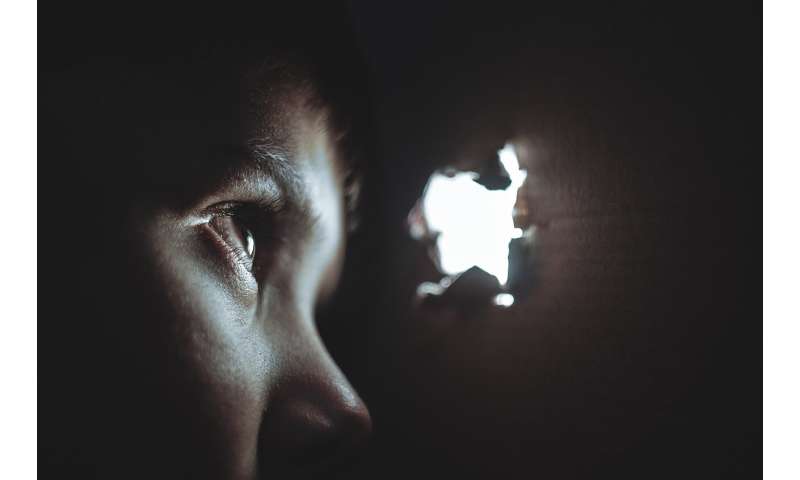Home » Health News »
Survivors of child abuse twice as likely to die young

Globally the statistics are daunting. Across countries and communities between 15 and 50 per cent of children are subject to serious abuse and neglect within their own families, most often at the hands of a parent.
Known as familial child maltreatment, a large body of research has revealed a raft of disturbing longer-term consequences for its victims—such as poor mental and physical health, diminished engagement with education, early substance misuse, involvement in crime, relationship instability and long term under- or unemployment.
These distressing consequences reflect the direct impacts of child abuse and neglect; but also changes in how the brain develops and other physiological and relational responses to trauma.
What had not been studied, until now, is the impact of child maltreatment on the risk of death during late adolescence and early adulthood, a time when mental illness, suicide and substance use escalate.
In a world-first study from the University of South Australia, researchers have tracked the connection between abuse and neglect in childhood and risk of death in adolescence and early adulthood.
UniSA chief investigator, Professor Leonie Segal says the results are alarming.
“Young people who had a child abuse or neglect report to child protection, that met thresholds for serious concern, were more than twice as likely to die young than children who had never come to the attention of child protection services,” Professor Segal says.
“Those who had been placed in out of home care, reflecting the highest and most urgent child maltreatment concerns, had more than four times the risk of dying before age of 33, if their first placement in care was after they turned three years old.
“These results demand our attention. We must ask—what we are doing, or failing to do in supporting children exposed to child abuse or profound neglect and their distressed families? How can we do better, from early childhood to stop this progression to an untimely death.”
The research is part of a linked-data study on the impacts of child abuse and neglect (the iCAN project), drawing on a cohort of South Australians born since 1986 to estimate the health, mortality, education and intergenerational outcomes of child abuse and neglect.
In this mortality study researchers looked at the lives of 331,000 young South Australians, of whom one in five had some contact with Child Protective Services. From that group, 980 persons had died between the ages of 16 and 33 years.
Death from poisonings, alcohol and other substances, or where mental illness was a factor, were nearly five times as likely in those young people who had come to the attention of Child Protection Services, compared with those who had not, and death from suicide was nearly three times as likely.
In short, death rates among young people who have been victims of child abuse or neglect are high.
But, according to Prof Segal, that also means there is an opportunity to disrupt these tragic outcomes.
“Children exposed to child maltreatment are coming to the attention of early childhood workers, pediatricians, GPs, psychologists, psychiatrists, teachers and other service providers often presenting with challenging behaviors, disturbed emotional responses, learning difficulties and psychological distress, from an early age,” Prof Segal says.
“All these children were known to child protection services. Yet not enough was, or still is being done to help distressed children, at the very time when we could change life trajectories.
“Recent studies have found a massive under-provision of mental health services for infants, children and their families in SA and more widely.
“We need to offer better-designed trauma and attachment-based services to all vulnerable parents and children, in friendly and welcoming settings. Mainstream platforms such as children’s centers (early childhood), and maternal and child health services, could provide safe spaces for vulnerable families to access the high-quality inter-disciplinary therapeutic support they need.
“We need to upskill people working across the human services working with children, so that these services can support, rather than re-traumatize, troubled children and families, who present with a range of complex issues that require a highly expert response.
“The challenge is to better protect vulnerable children, not just from current harms, but from the potential extreme consequences of child abuse and neglect, into adulthood.
“Waiting until a first suicide attempt in a teenager or young adult, before intervening is a huge missed opportunity. We know which infants, children and adolescents are at risk; surely, we can offer the necessary intensive family-based support before even more traumatized young people are lost through early death.
Source: Read Full Article



